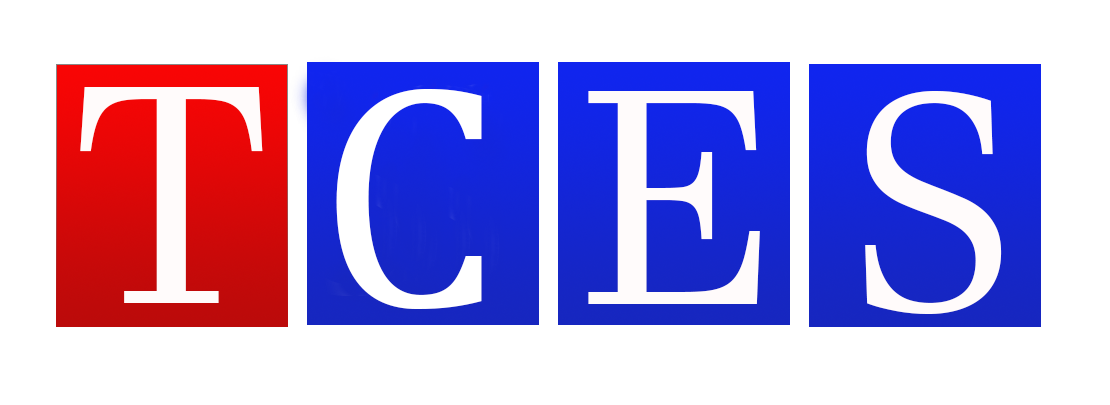General Theory of Microlog
|
|
Frantisek Rysavy
|
| Transactions of the VSB - Technical University of Ostrava, Civil Engineering Series |
|
2008, Volume 8, Issue 2, Pages 239-256
|
|
Doi: Not indexed
|
|
In this paper there are formulas determined for calculation of the electrode constants of Microlog for various shape geometry of electrodes. It is possible to compare fields of relations remarked as (k/a) = f(2m/a A/a) for various shapes of electrodes. Curvilinear segments of curves are observed for short distances between electrodes and their curvature is influenced with the magnification factor remarked like A/a. For long distances between electrodes we observe linearization of curves that depends on the translation factor only being remarked as 2m/a. This is translation factor in horizontal direction. There exist also the translation factor in vertical direction remarked as 2n/a, because relation for constant in general can be written like k/a = f(2m/a, 2n/a, A/a). Linear segments of curves are allowed to use the equation for the point electrodes, because error is in such case negligible. In electrically-homogeneous surroundings there is registered identical resistivity. The curves of the micro-normal and the micro-inverse must have the same resistivity value. This is insured with condition that it holds that kM = 2.kN. The mentioned condition is generally valid both for linear and nonlinear relations. Electrode systems of Microlog can be symmetrical and asymmetrical. Asymmetrical systems have the right asymmetry or the left asymmetry. It is expressed with the help of factor Epsilon. This can be positive, negative or zero. The paper makes possible form arbitrary electrode arrays. They can be threeelectrodes or four-electrodes. Their electrodes are allowed to assume an arbitrary position on plane. What is important is you can exactly compute for any array constants characterizing this array.
|
|
Download full version of article
|
